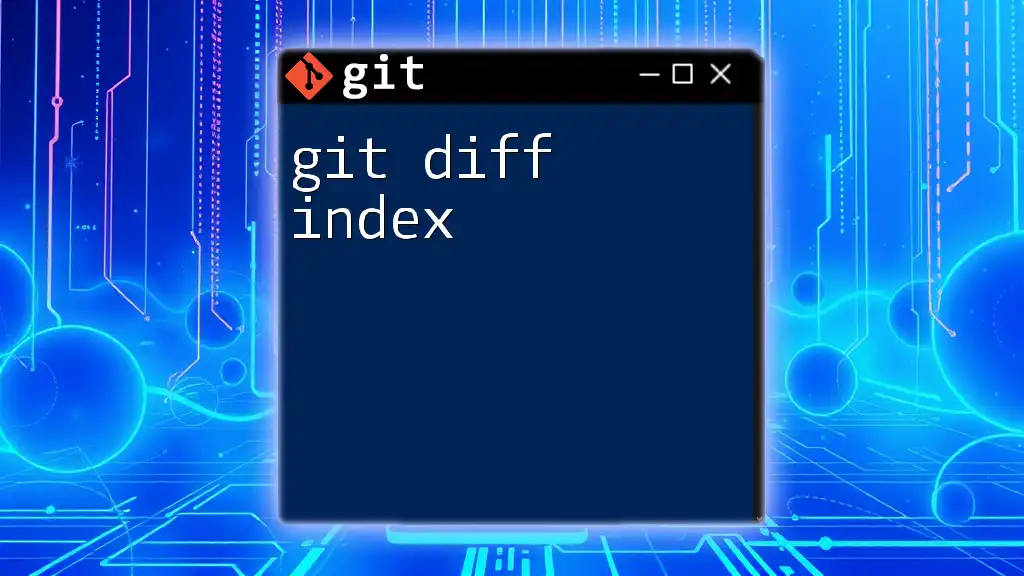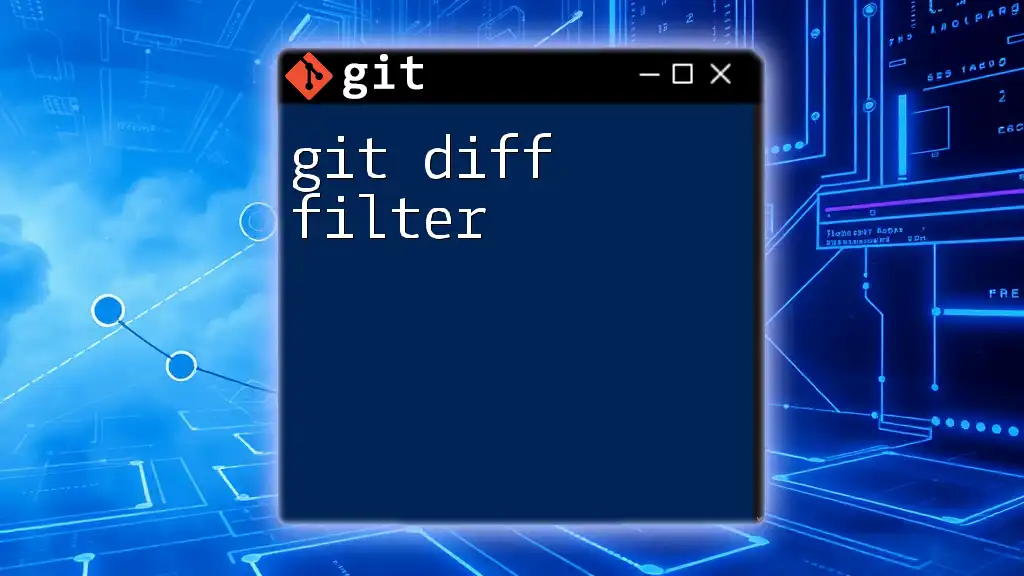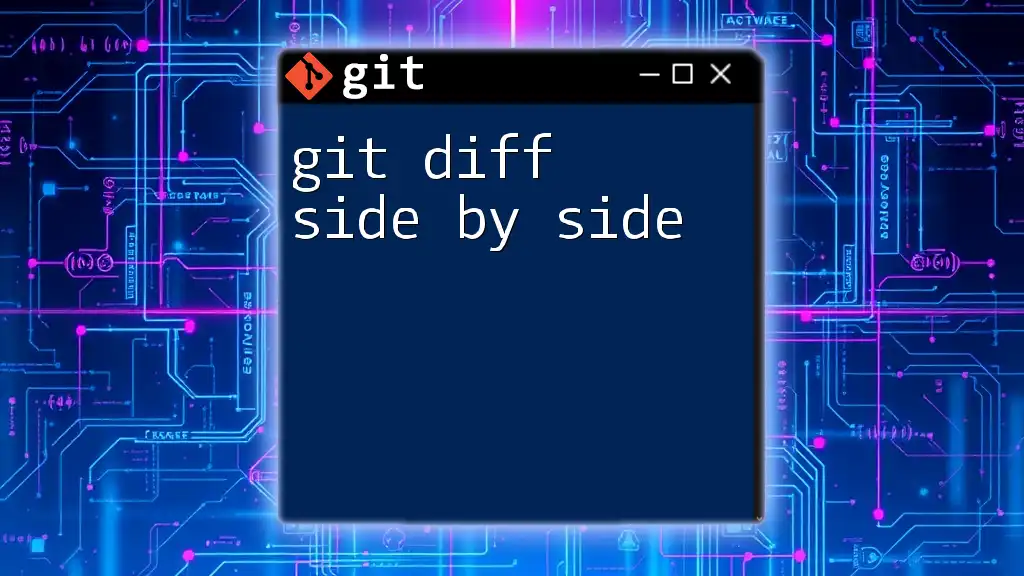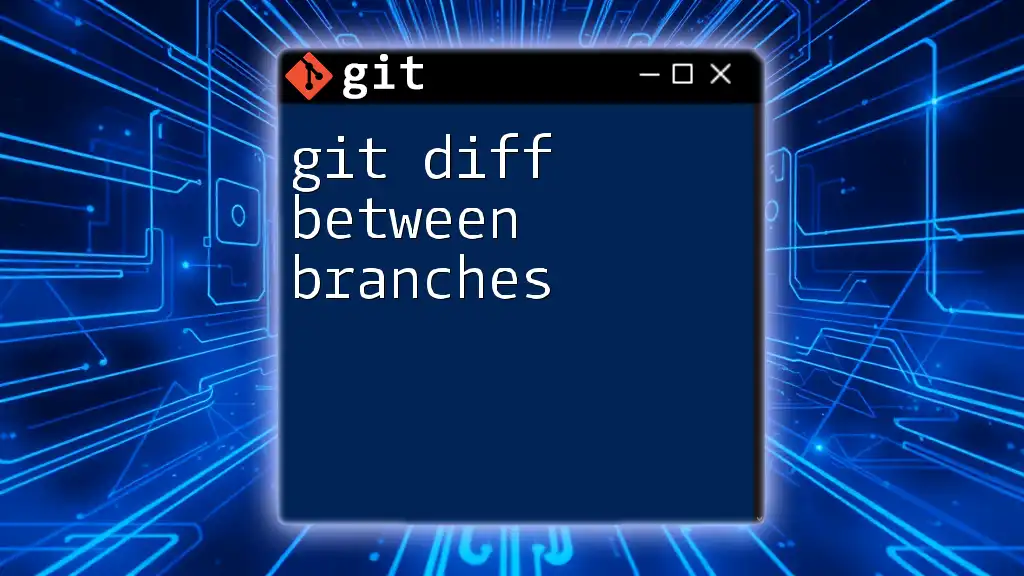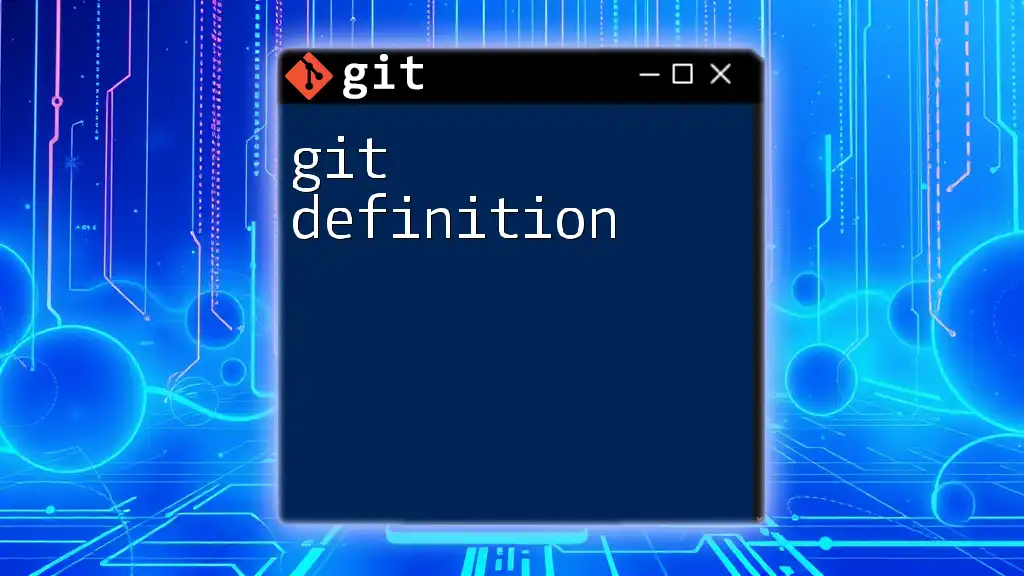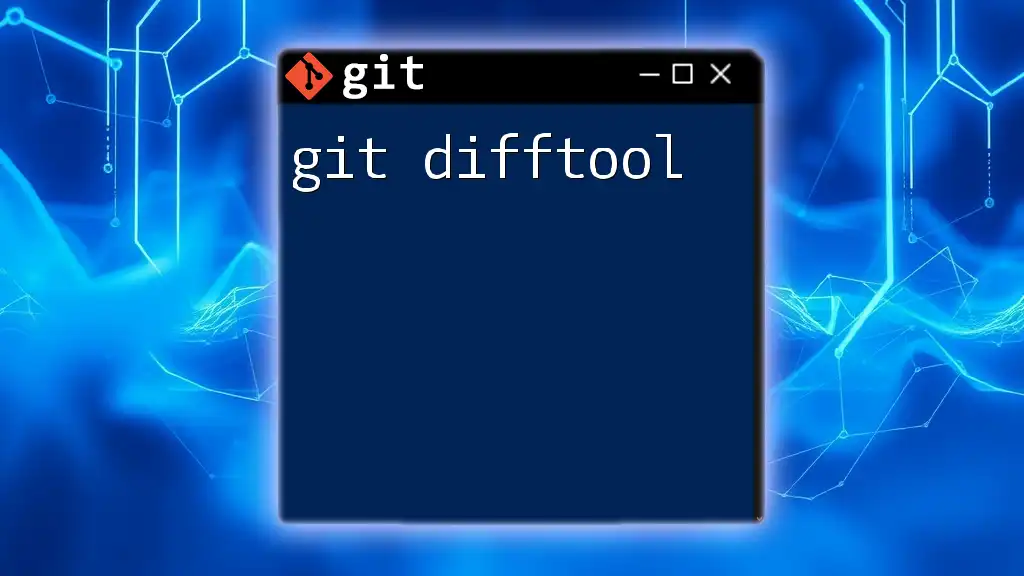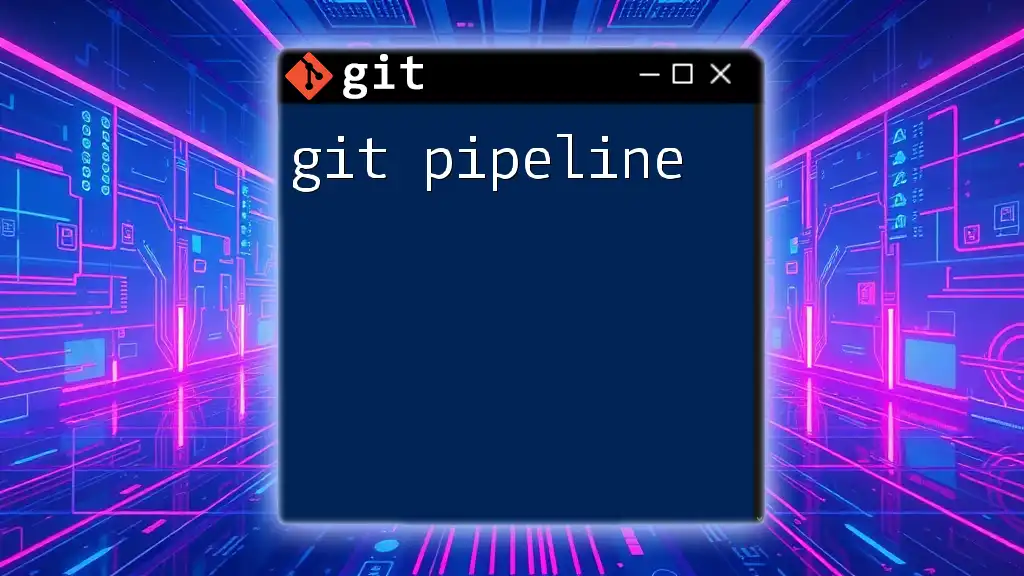The `git diff index` command displays the differences between the files in the staging area (index) and the last committed version, helping you identify what changes are staged for the next commit.
Here's a code snippet in markdown format:
git diff --cached
What is Git Diff?
Overview of the Git Diff Command
The `git diff` command is an essential tool in Git that allows users to see the differences between various versions of files in their repositories. It showcases the changes made in the working directory, staging area, or between commits. By visually displaying the modifications, `git diff` can help developers understand what alterations have been made, which is crucial for tracking progress and ensuring code integrity.
How Git Diff Works
Git uses SHA-1 checksums to track changes within files. This cryptographic hash function uniquely identifies every version of a file based on its contents. Essentially, when you modify files in your project, Git calculates a new checksum and compares it with the previous version to generate the differences.
In Git, files can exist in several states:
- Working Directory: Where you make changes to files.
- Staging Area (Index): Where changes are prepared before committing.
- Repository: The official history of your project as stored in commits.
Understanding these states is crucial for effective version control.
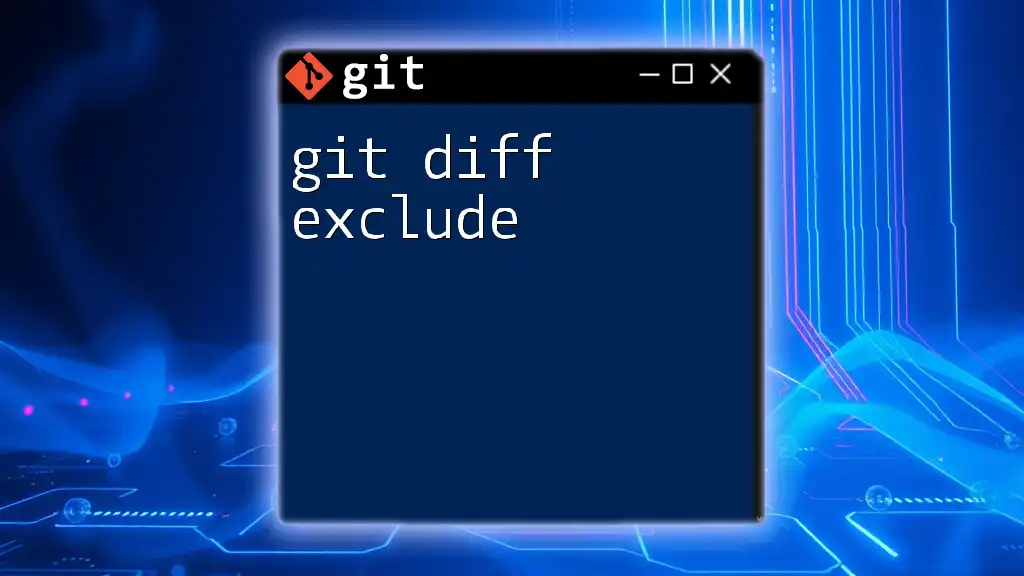
Understanding the Index
What is the Index in Git?
The index, commonly referred to as the staging area, is a fundamental part of the Git workflow. It acts as an intermediate space where changes are gathered before being committed to the repository. When you stage a file, you are effectively telling Git, "These changes are ready to be included in the next commit."
Why the Index Matters
The index is vital for several reasons:
- It allows you to create commits that are precise and focused, as you can choose exactly which changes to include.
- If you have multiple changes across different files, you can stage them selectively, enabling better commit organization.
For instance, if you are working on two features simultaneously but want to commit one without including the other, the staging area lets you achieve that with ease.
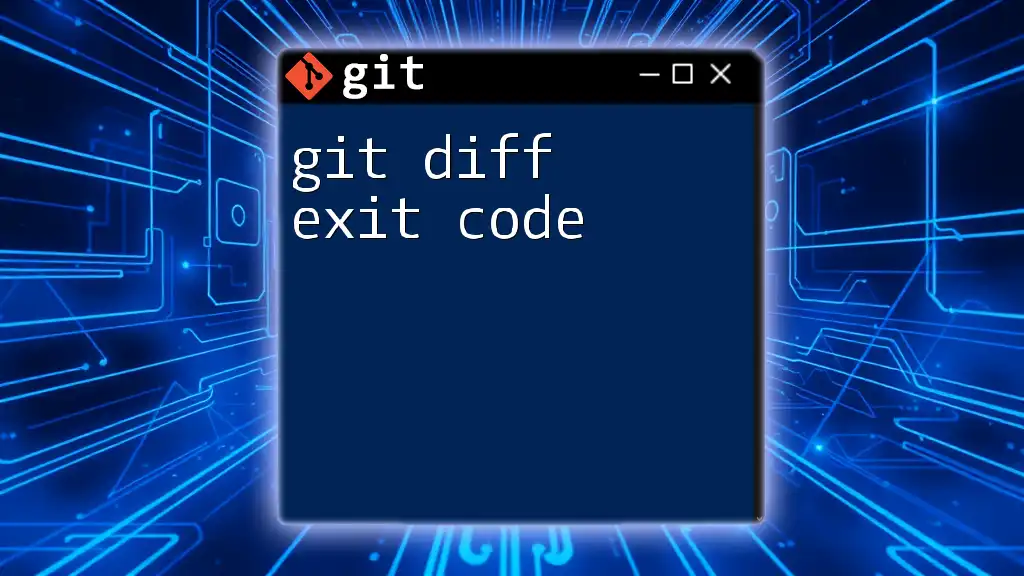
Using Git Diff with the Index
Command Syntax for Git Diff Index
To view the staged changes, the command you need is either:
git diff --cached
or
git diff --staged
These commands will show you the differences between what is staged for the next commit and the last commit in your repository.
Practical Examples
Example 1: Viewing Changes Staged for Commit
- First, make some changes to a file, say `example.txt`.
- Stage the file using:
git add example.txt
- Now, execute:
git diff --cached
- The output will display the changes that you have staged. You may see lines prefixed with:
- `+` for additions
- `-` for deletions
This output helps you review what is to be committed, ensuring you're not missing anything.
Example 2: Comparing Staged Changes with Last Commit
- Stage multiple files by executing:
git add file1.txt file2.txt
- To see the changes staged compared to the last commit, run:
git diff --cached HEAD
This command will show the differences between the last committed state and your current staging area. Understanding this comparison is essential for minimizing errors in commits and maintaining clean commit history.
How to Read Git Diff Output
The output of `git diff` uses a specific format, generally resembling a unified diff format. You'll notice:
- Added lines will be indicated with a `+` sign in green.
- Removed lines will be indicated with a `-` sign in red.
This visual representation is effective in quickly identifying what has changed, which is particularly useful during code reviews or collaborative work environments.
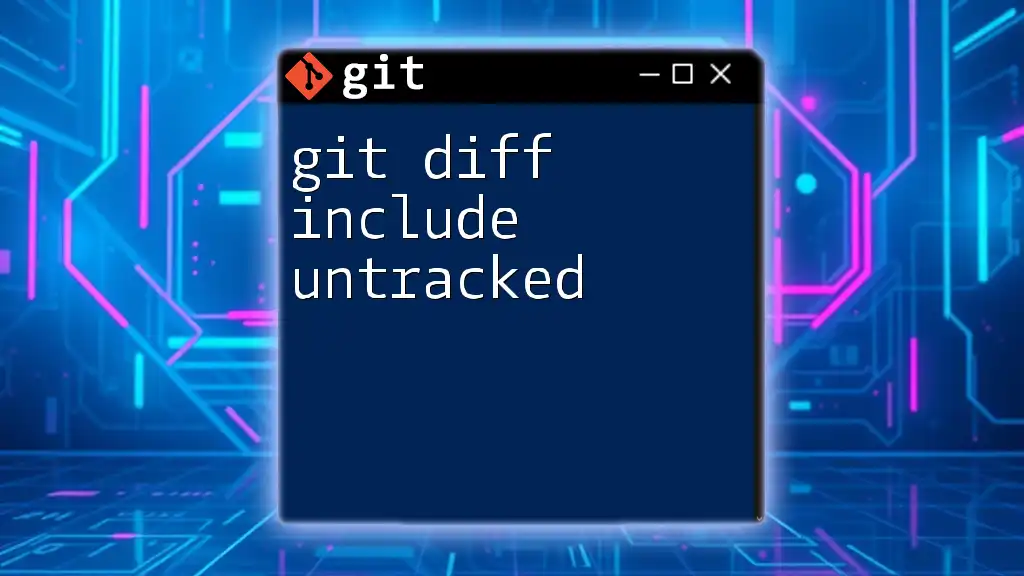
Common Pitfalls and Troubleshooting
Misunderstanding the Index Behavior
Many newcomers to Git may misinterpret the role of the index, often assuming that changes in the working directory are immediately committed after staging. Instead, remember that the staging area needs to be filled manually with the `git add` command before any commit happens. Avoiding this step can result in missing out on important changes.
Diagnosing Issues with Git Diff Output
If you find discrepancies in what you expect to see with the `git diff` command, check:
- If the file has indeed been staged.
- Whether you are referencing the correct commit states (e.g., HEAD).
- Any potential whitespace changes—sometimes Git can highlight these, altering the perceived output.

Best Practices for Using Git Diff Index
Regular Use of `git diff --cached`
Integrate regular usage of the `git diff --cached` command into your workflow. This practice will familiarize you with changes you are about to commit, reducing the likelihood of pushing unintended modifications. Reviewing staged changes can save you from unnecessary headaches down the line.
Documenting Change Descriptions
Once you have reviewed and verified your staged changes, ensure you write clear and concise commit messages. A good commit message contextualizes the changes made, benefits the team, and aids future contributors in understanding the rationale behind the commit.
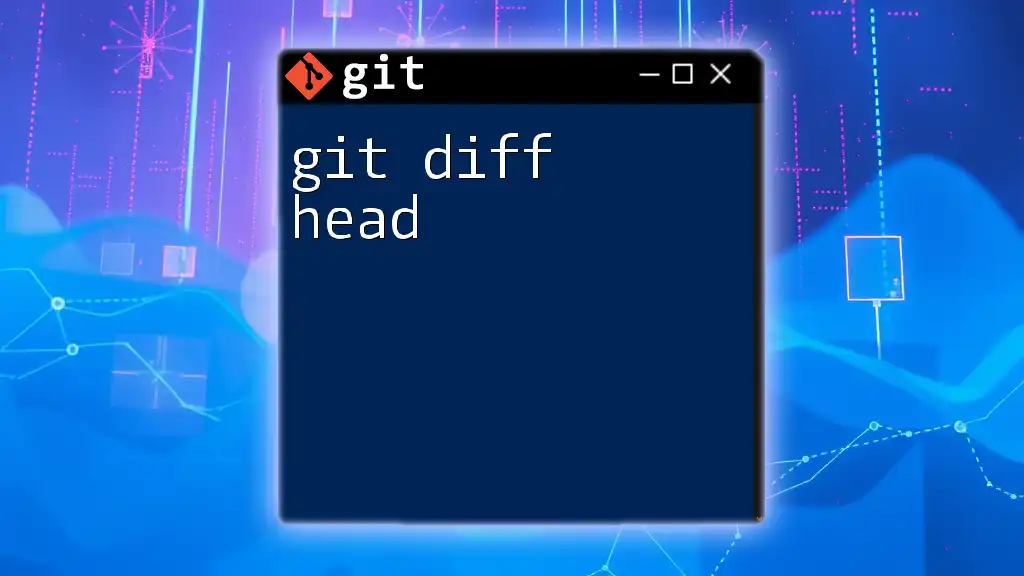
Conclusion
Understanding the significance of the `git diff index` command is crucial for anyone working within Git. It empowers you to view and manage the changes you have made effectively before they become a part of the permanent project history. By utilizing this command regularly and honing your understanding of the staging area, you will enhance your Git skills significantly and streamline your development process.

Additional Resources
Books, Online Courses, and Tutorials
For those interested in expanding their Git knowledge, consider exploring recommended books, online courses, and tutorials that specifically delve into Git commands and workflows.
Links to Official Documentation
Refer to [Git’s official documentation](https://git-scm.com/doc) for deeper insights and additional commands. This resource is invaluable for understanding the complete functionality of Git and its features.

